Now everyone can learn to take great pictures of the cosmos!
The night sky is filled with immense beauty and mystery, and it’s no wonder so many photographers want to learn how to take great photographs of all it contains: the moon, stars, planets, galaxies, and beyond. But for...
Read More
Now everyone can learn to take great pictures of the cosmos!
The night sky is filled with immense beauty and mystery, and it’s no wonder so many photographers want to learn how to take great photographs of all it contains: the moon, stars, planets, galaxies, and beyond. But for photographers just getting started photographing the cosmos, some books veer into “advanced” territory way too quickly, filled with difficult theory and long, expensive lists of “must-have” gear.
If you’re just starting your adventure in astrophotography, The Beginner’s Guide to Astrophotography is the book for you! Photographer Mike Shaw teaches you everything you need to know to capture great images of the night sky—without breaking the bank or needing an advanced physics degree.
In this book, you’ll quickly gain an understanding of the night sky, then dive into gear and settings. Regardless of the camera you own (smartphone, DSLR, or mirrorless), you’ll be able to capture shots you love. You’ll learn all about the gear you absolutely need (and what you don’t) as well as the accessories that will make your astrophotography life easier. Then you’ll dive into camera technique: exposure settings, focusing tricks, and composition techniques to get the shot. You’ll also learn about the best apps for astronomy, weather, planning, and navigation. Mike walks you through how to plan a shoot, set up for it, and capture your images. Finally, you’ll learn the post-processing techniques that will have your images looking their best.
You’ll learn how to photograph:
• The moon (full, crescent, lunar eclipse, solar eclipse)
• The Milky Way (the core, the central band)
• Constellations (Orion, Perseus, Scorpius, etc.)
• Asterisms (Big Dipper, Summer Triangle, Orion’s Belt, etc.)
• Planets (Venus, Jupiter, Saturn, Mars)
• Satellites (such as the Internaional Space Station)
Table of Contents
Chapter 1: What Is Astrophotography, Exactly?
Chapter 2: Understanding the Night Sky for Astrophotographers
Chapter 3: Astrophotography Equipment, Setup, and Technique
Chapter 4: Landscape Astrophotography Subjects
Chapter 5: Deep Sky Astrophotography Subjects
Chapter 6: Choosing Where and When to Shoot
Chapter 7: Synthesis: Your First Astrophotography Session
Chapter 8: Making Your Astrophotography Images Look Amazing
Chapter 9: Advanced Astrophotography
Read Less

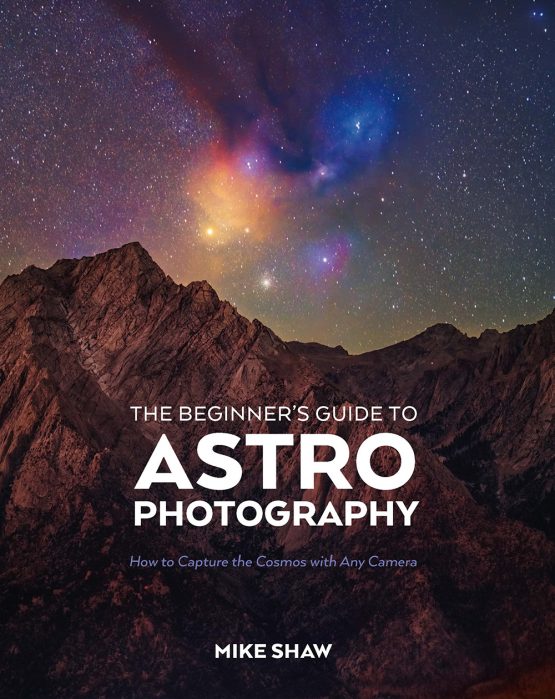

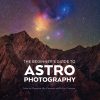
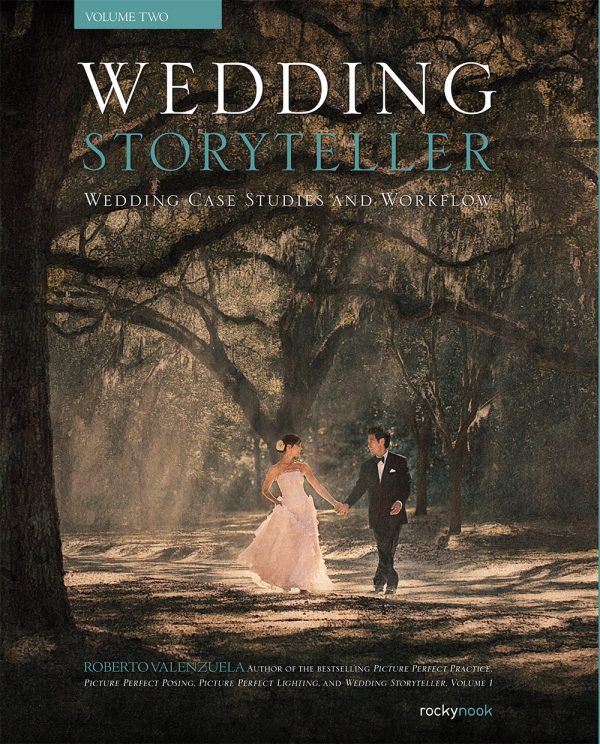
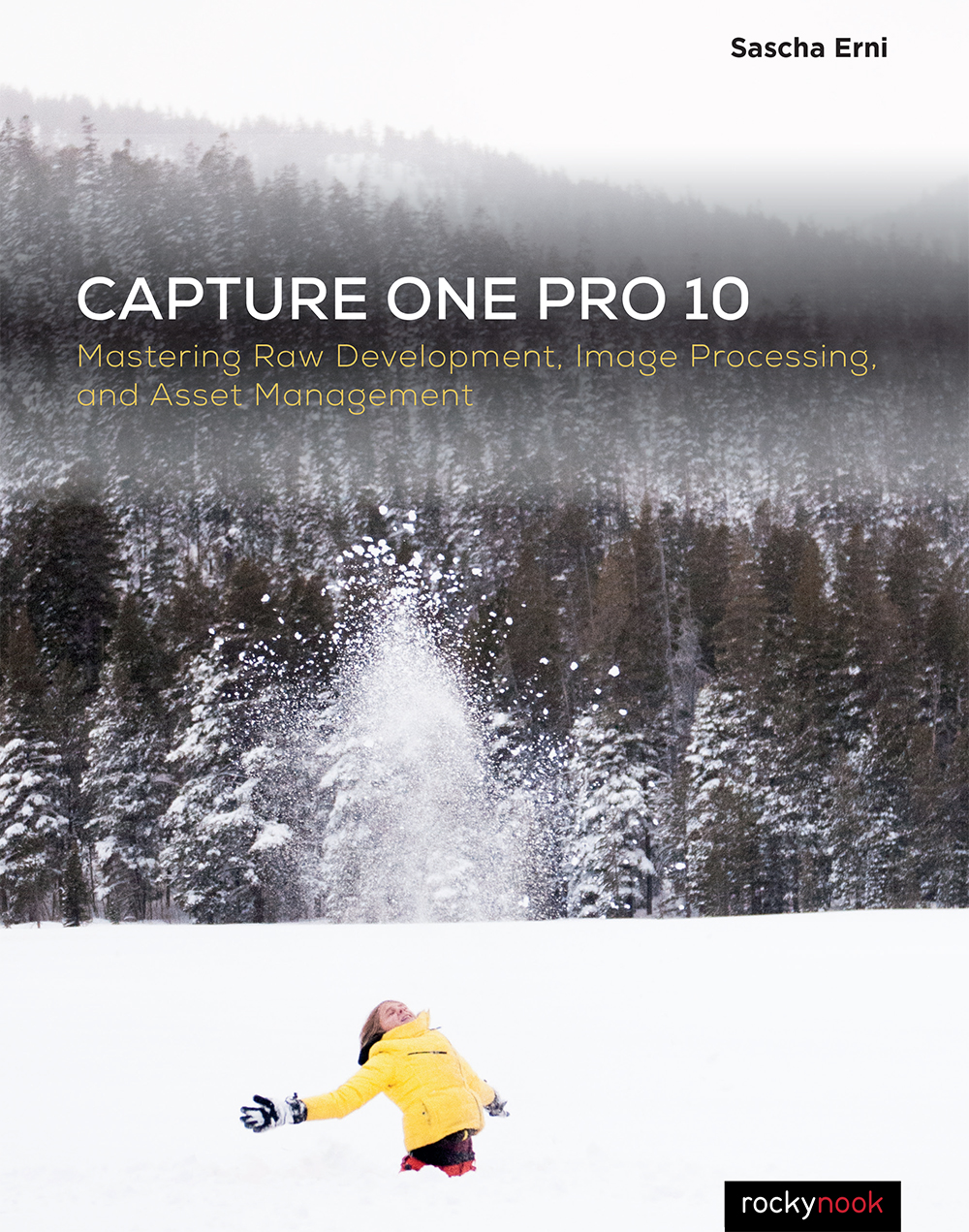
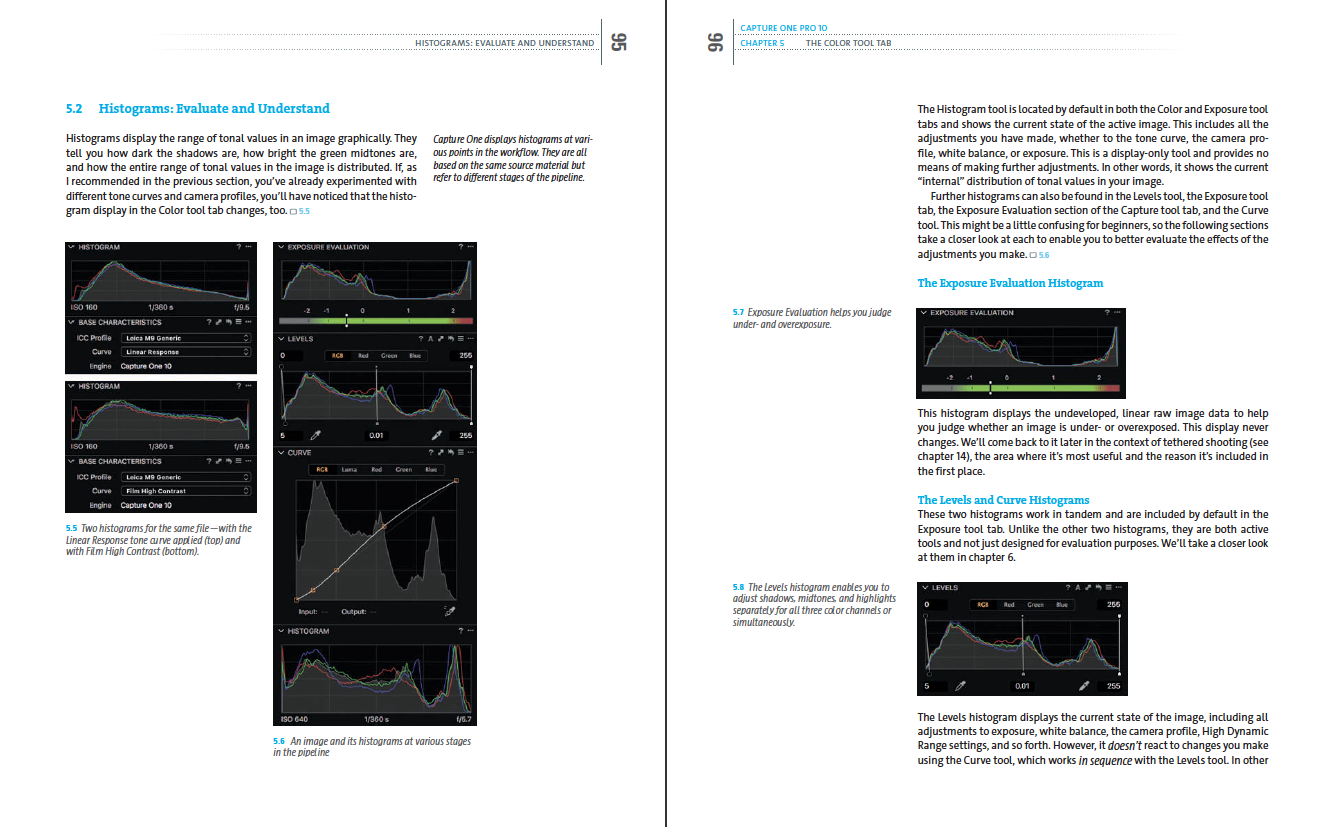

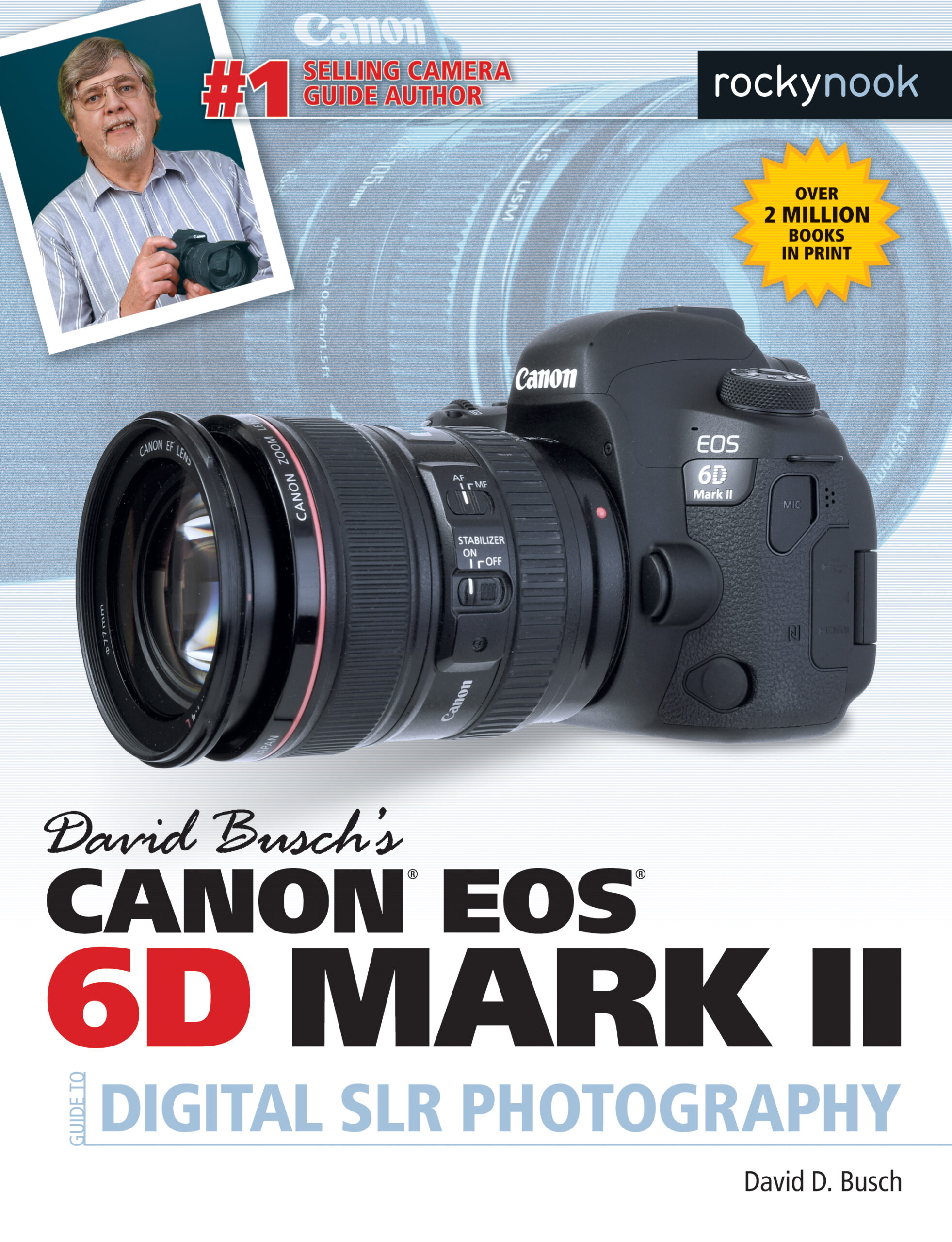

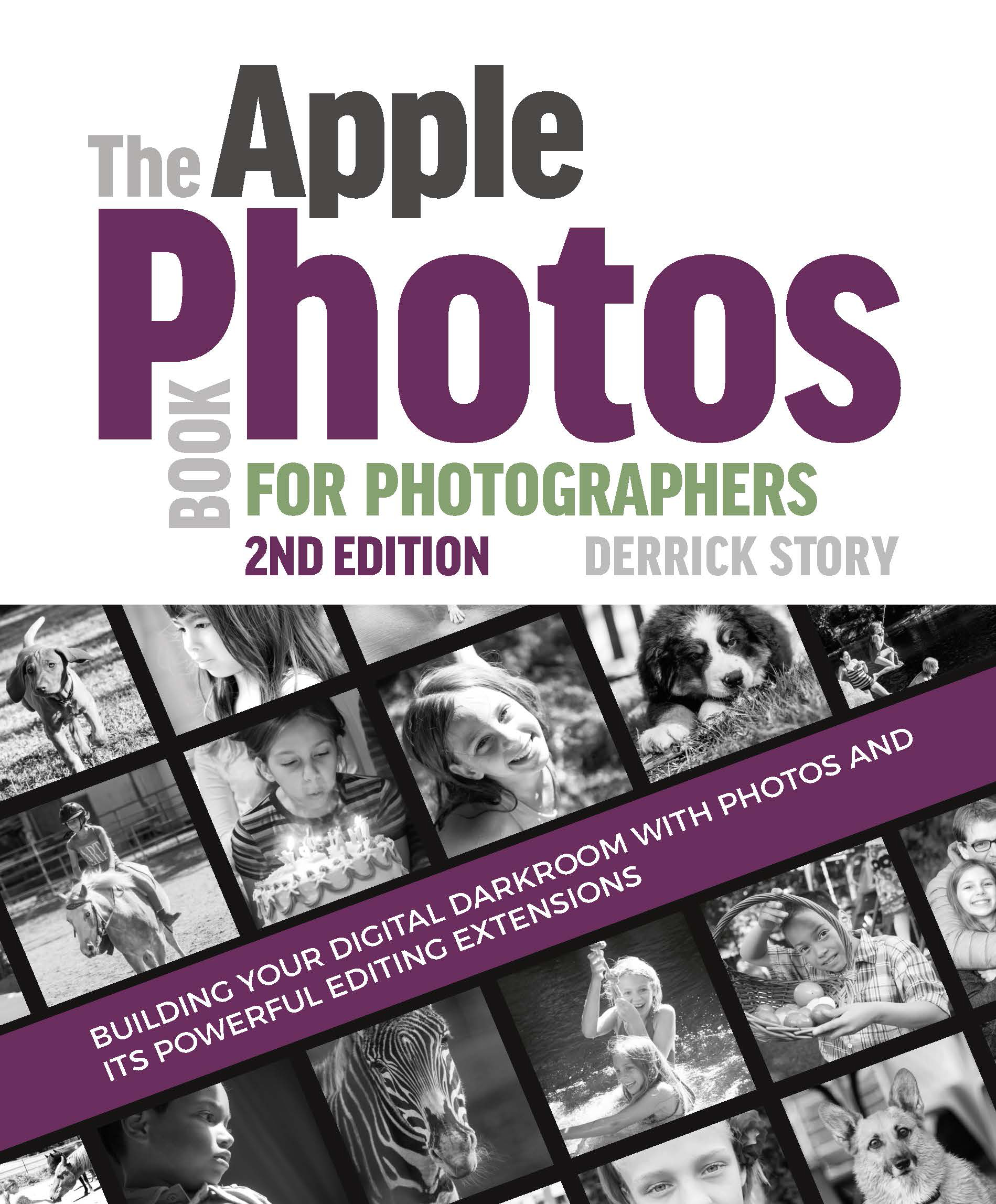


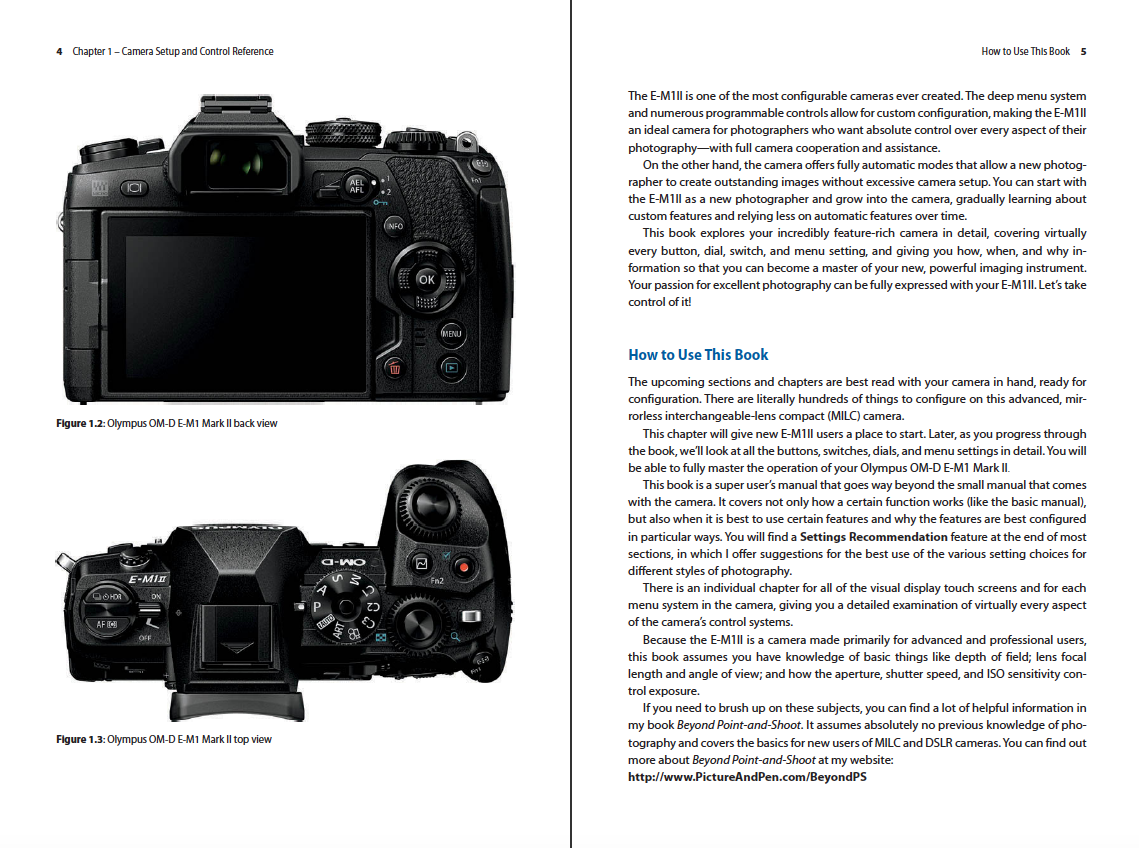
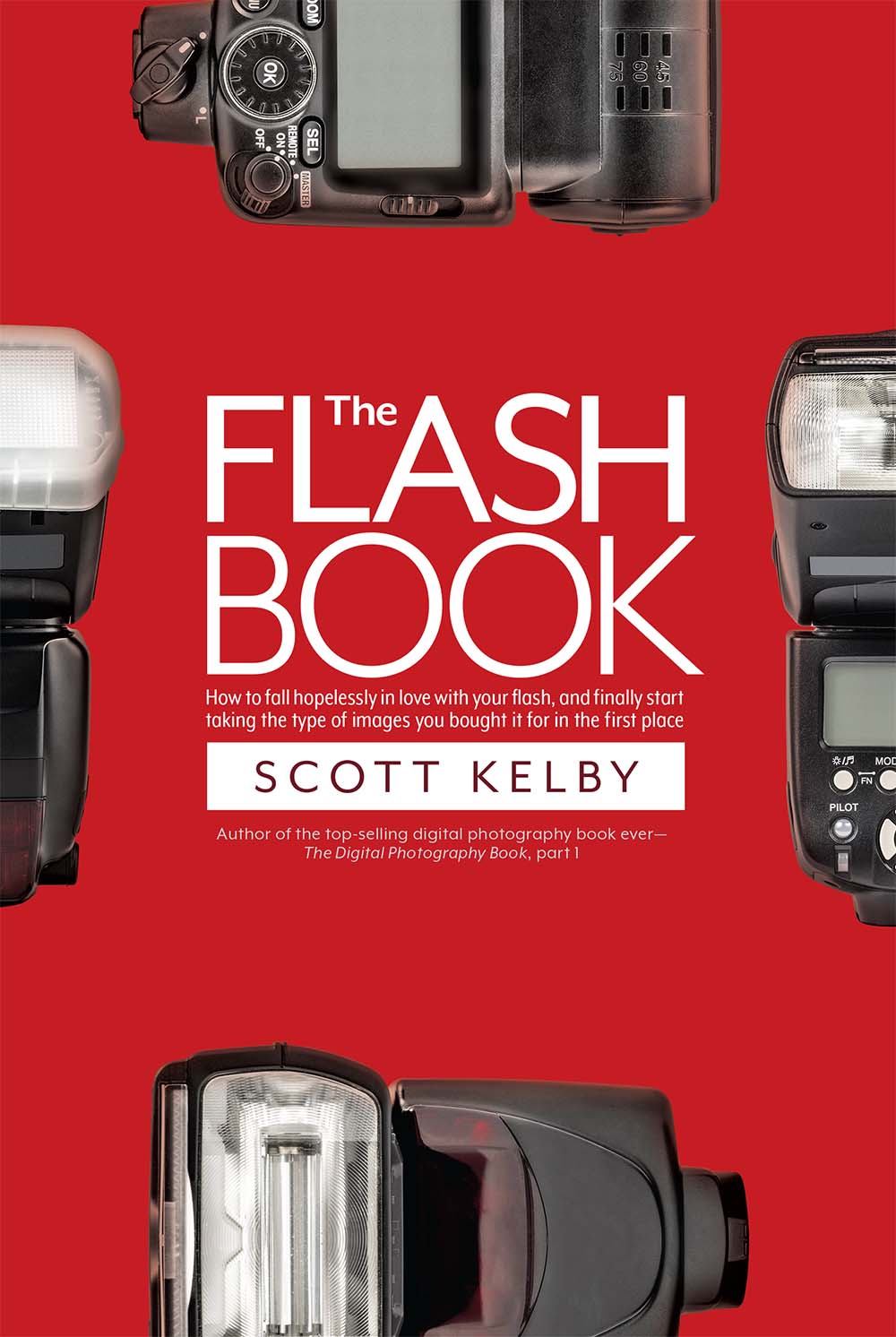

SparkWerx
This is the BEST book I’ve ever found on the topic of astrophotography from the beginner’s perspective. Mike Shaw did a magnificent job compiling this book. It’s become my go-to resource and has not disappointed me one bit.
fiddledance
Recently, I’ve been trying my hand at star trails and landscape astrophotography, watching tons and tons of Youtube videos to figure out what to do and, to be honest, becoming more and more confused by it. This book is a godsend in so many ways. I love how the author takes a deep dive into the equipment needed. the difficulty of nighttime focusing, and what are the best accessories needed for different purposes. I especially appreciate the recommended settings he has for the DSLR depending on the subject, and how he devotes so much time to teaching how to use Lightroom and Photoshop. (His explanation about masking in your discussion of 2-image blending was the first time it really made sense to me). So thank you Mike Shaw–it’s a brilliant book!
dsacker (verified owner)
I have the eBook version which is convenient to access from my iPad. This book is a good introduction to many different topics in astrophotography. The book explains composition, and settings, and it has many sample photos and diagrams. It covers everything from best time of the year to photograph the Milky Way, and Moon photography. technical settings, camera types and personal equipment, supplemental items, and post processing. I have found it to be very useful as I try my hand at capturing light painted landscapes in combination with the night sky.